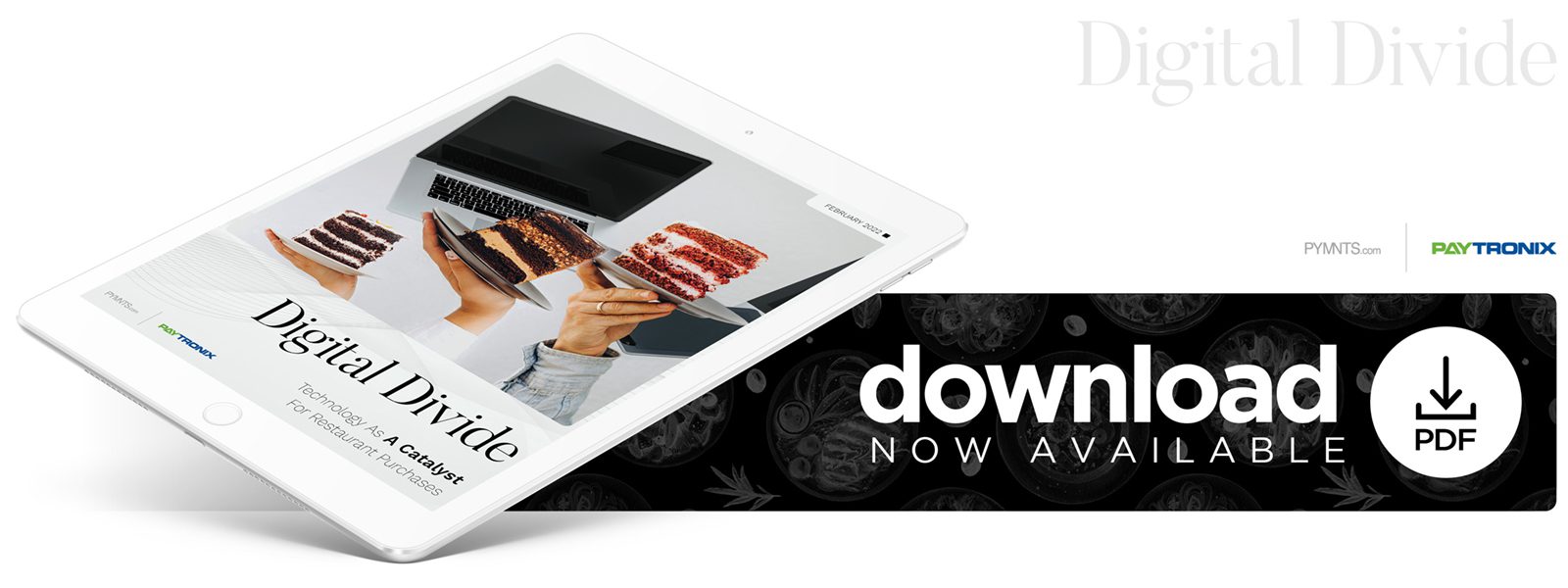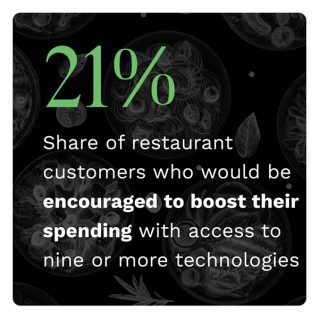Report: QSRs Chase Tech-Savvy Diner Spend With New Digital Tools
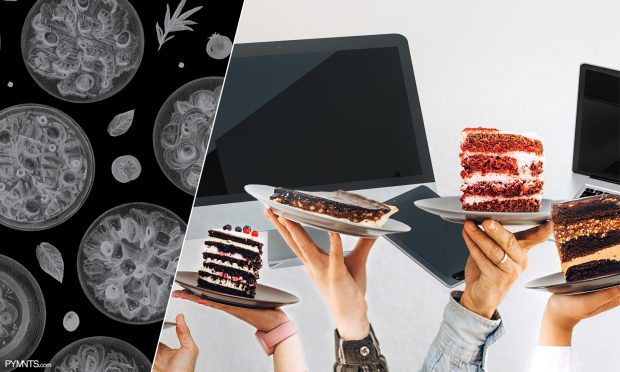
Recent PYMNTS research reveals that the digital shift in 2020 — when consumers began to do more online than in store — has had a long-term impact on consumers’ perception of loyalty programs at restaurants. 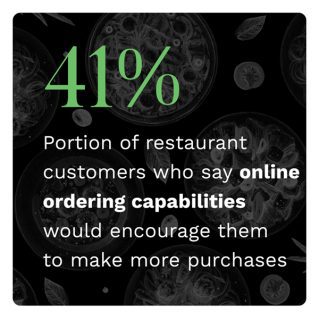 Consumers are more sensitive to the quality of their digital payments experiences since they are using digital tools more frequently than in the past. They are more interested in technical features such as QR-coded menus and contactless pickups that make it easier for them to order.
Consumers are more sensitive to the quality of their digital payments experiences since they are using digital tools more frequently than in the past. They are more interested in technical features such as QR-coded menus and contactless pickups that make it easier for them to order.
The digital shift also gave rise to another phenomenon, a new breed of consumers called technology enthusiasts, who look at digital conveniences as table stakes for their ongoing engagement with a restaurant. True to the adage, technology enthusiasts see their time as money: loyalty programs that offer discounts are slightly less popular than digital conveniences that save these consumers’ time. Restaurants and QSRs seeking to engage these consumers have a range of as many as nine digital ordering and payment features that can inspire these consumers to increase their spending.
An easy payment and ordering experience for many diners is as attractive as a loyalty program offering discounts or points.
Restaurateurs who hesitate to modernize ordering and payment processes — and instead overlook consumers’ interest in convenience-focused digital features — may miss an opportunity to boost sales among 40% of their customers. When presented with a list of nearly 20 features that could influence their purchasing at restaurants, respondents selected an average of five offerings that would boost their spending.
Technology enthusiasts, who comprise approximately one-fifth of consumers and are most often affluent and bridge millennials or younger, are motivated by an even greater range of technical tools — a total of nine key technologies. These technologies include online ordering (41%), mobile app ordering options (30%) and fast-lane in-store pickup (39%).
In The Digital Divide Report: Technology As A Catalyst For Restaurant Purchases, a PYMNTS and Paytronix collaboration, we examine how consumers are digitally interacting with restaurants and how loyalty programs and their influence on consumer engagement have evolved. The report is based on a United States census-balanced survey of 2,403 responses collected from Dec. 1 to Dec. 6, 2021. Respondents answered questions about their past and future dining preferences and behaviors and how technology influences their purchasing choices.
Key findings from the survey include: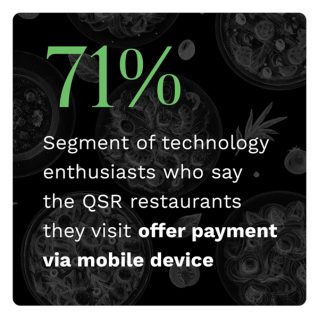
Fourteen percent of all consumers report that technology would not incentivize their purchasing. The availability of technological conveniences is somewhat influential on most consumers’ purchasing behavior.
Twenty-three percent of technology enthusiasts earn more than $100,000 per year. This represents a higher percentage than any other income bracket we measured.
Sixteen percent of technology enthusiasts dine at a restaurant three times a week or more, and 36% dine once or twice per week. This rate is significantly higher than consumers who do not engage with digital technology (28% and 8%, respectively).
To learn more about the impact of technology on customer loyalty, download the report.
